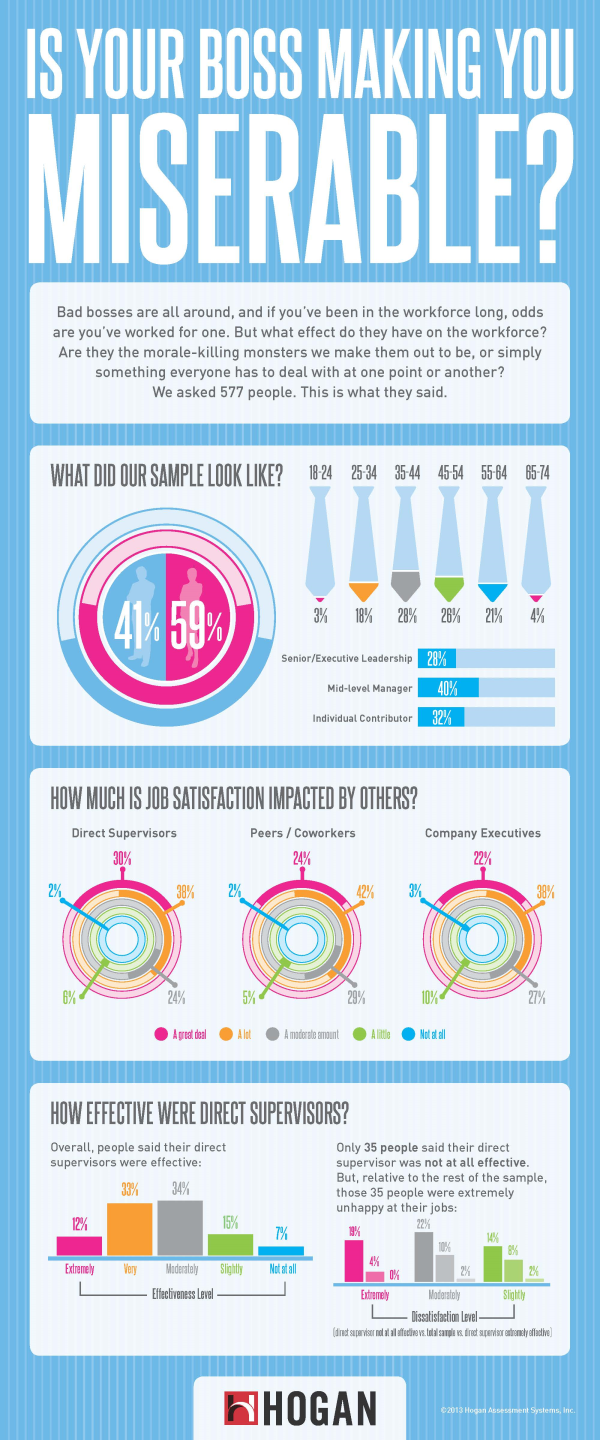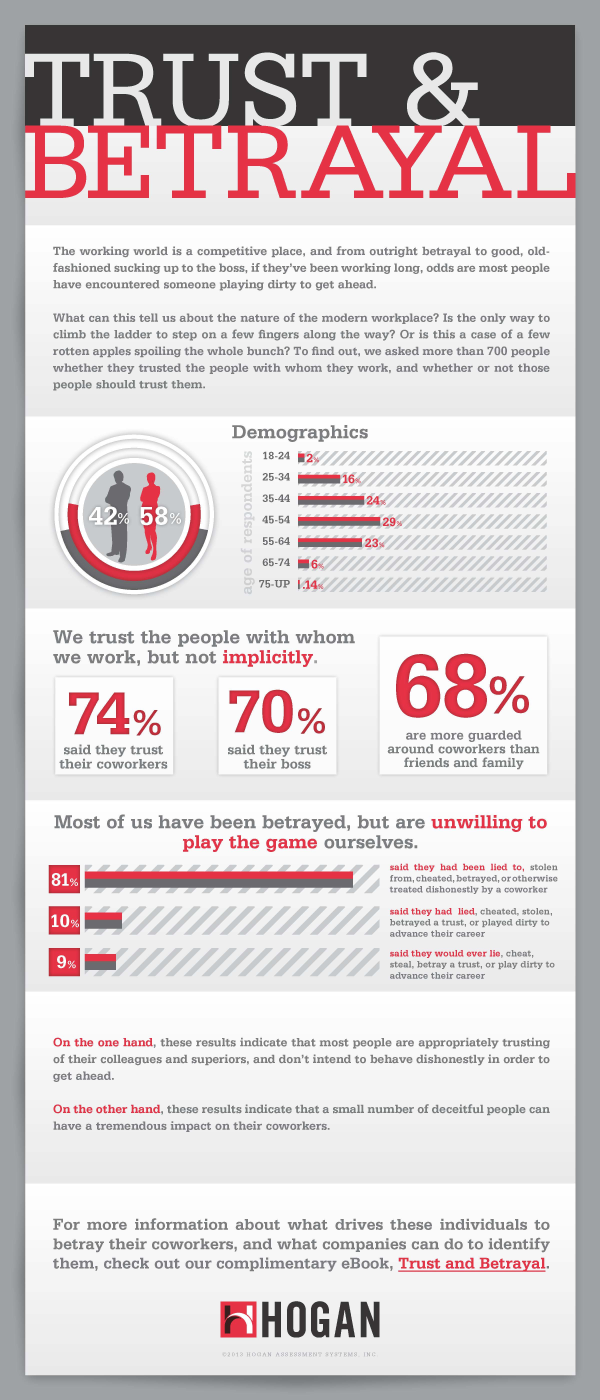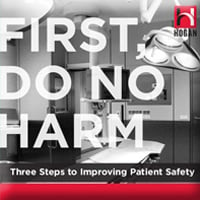Gordon Ramsay, one of the most explosive personalities in the culinary industry, is widely known for his entrepreneurial genius as well as his bullying tactics and creative insults on TV shows Hell’s Kitchen and Ramsay’s Kitchen Nightmares. His verbally abusive outbursts have brought tears to many aspiring chefs’ eyes as he decimates their confidence with scathing derision. Back to your Easy-Bake Oven!

Studies show that, while Gordon Ramsay may be sensationalized by reality TV, boss bullies are quite real. According to the Workplace Bullying Institute, 35% of workers have experienced workplace bullying and that, alarmingly, the vast majority are managers, supervisors, and executives.
Many workplace bullies suffered from a turbulent childhood, not excluding Ramsay, and overcompensate later in life with a ruthless drive for power. Unfortunately, studies show that bullied employees have higher rates of turnover and lowered engagement.
Learn how to understand the bullies in your office and never hire another bully again in our complimentary ebook, Bullying Their Way to the Top.


 Career success depends more on an individual’s ability to get along with his or her supervisor, peers, and employees than it does on intellect or technical skill. Perhaps that is why some people seem to succeed with little more than a wink and a smile. Most of the time, these individuals are friendly, spontaneous, and fun loving. At their worst, however, they can be flighty, impulsive, or outright Machiavellian. How can you be sure your employees are using their powers of persuasion for good, not evil?
Career success depends more on an individual’s ability to get along with his or her supervisor, peers, and employees than it does on intellect or technical skill. Perhaps that is why some people seem to succeed with little more than a wink and a smile. Most of the time, these individuals are friendly, spontaneous, and fun loving. At their worst, however, they can be flighty, impulsive, or outright Machiavellian. How can you be sure your employees are using their powers of persuasion for good, not evil?

 According to a 2013 survey from insurance provider
According to a 2013 survey from insurance provider 

 In the world of I/O Psychology, we are often presented with statistical results on a daily basis. Although useful, this can be a problem if we don’t understand how to interpret results presented to us or know what questions we should ask to make sure those results are accurate.
In the world of I/O Psychology, we are often presented with statistical results on a daily basis. Although useful, this can be a problem if we don’t understand how to interpret results presented to us or know what questions we should ask to make sure those results are accurate. First, do no harm – a phrase typically associated with the Hippocratic oath medical students take before transitioning into a licensed professional. While nurses and doctors pledge to uphold the highest standard of medical care possible, in corporate healthcare, some aspects of patient safety fall through the cracks.
First, do no harm – a phrase typically associated with the Hippocratic oath medical students take before transitioning into a licensed professional. While nurses and doctors pledge to uphold the highest standard of medical care possible, in corporate healthcare, some aspects of patient safety fall through the cracks.